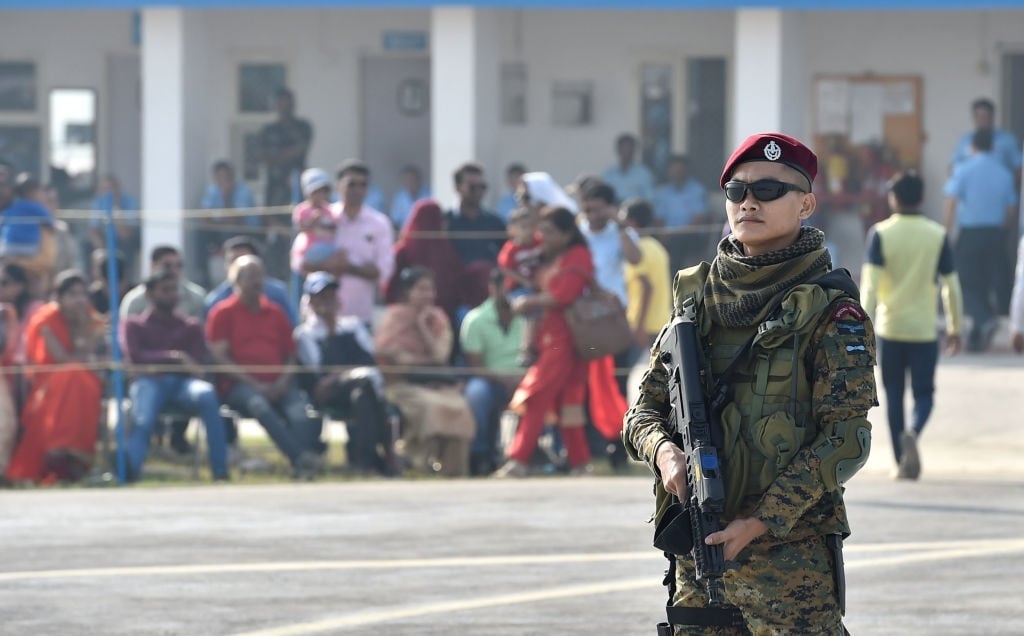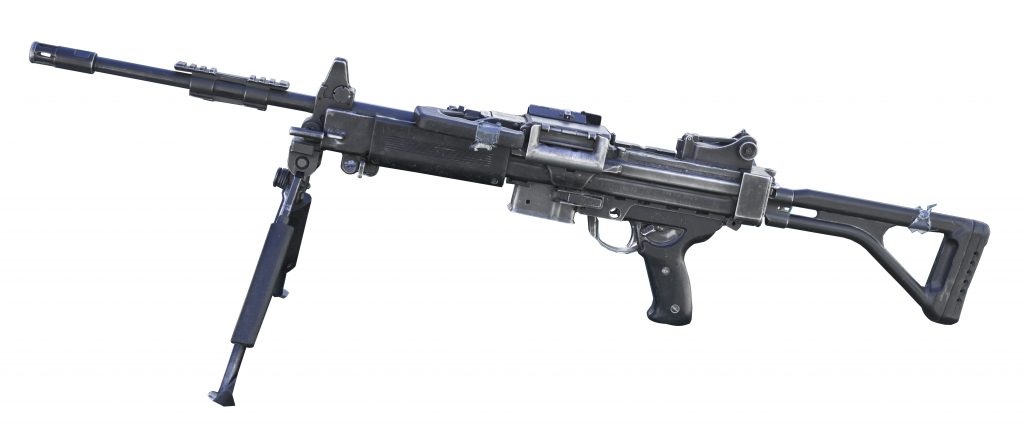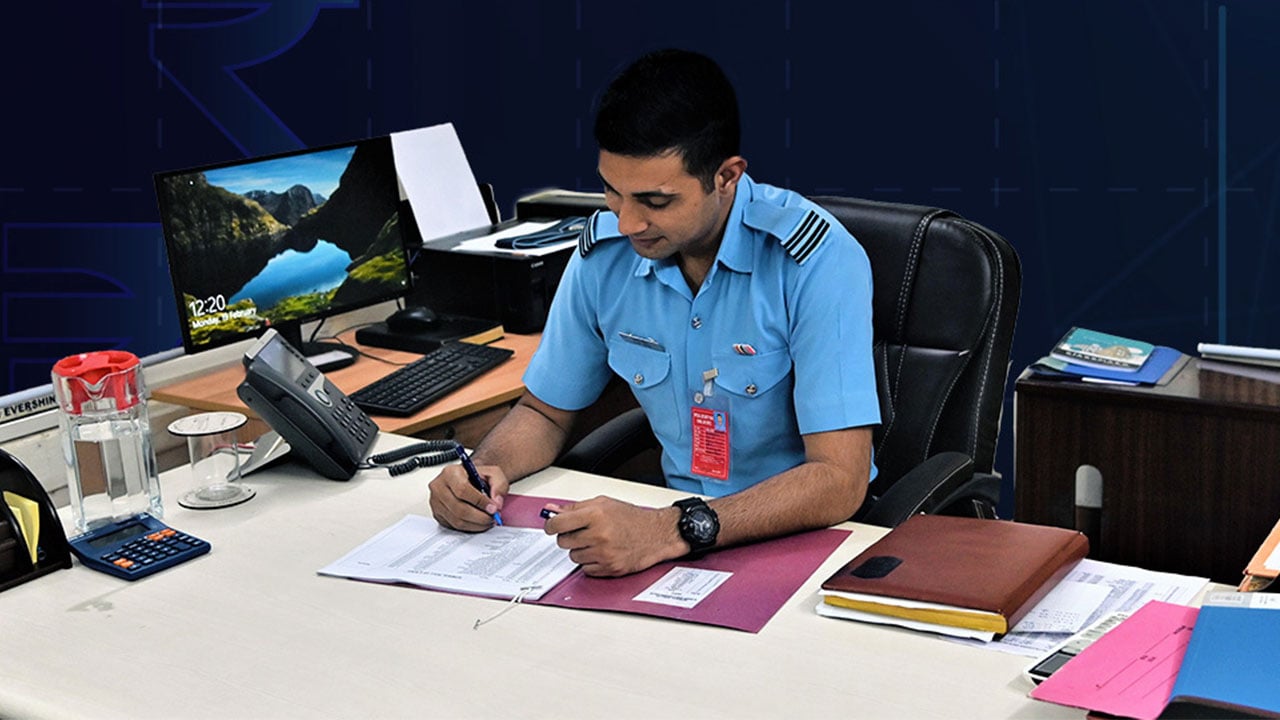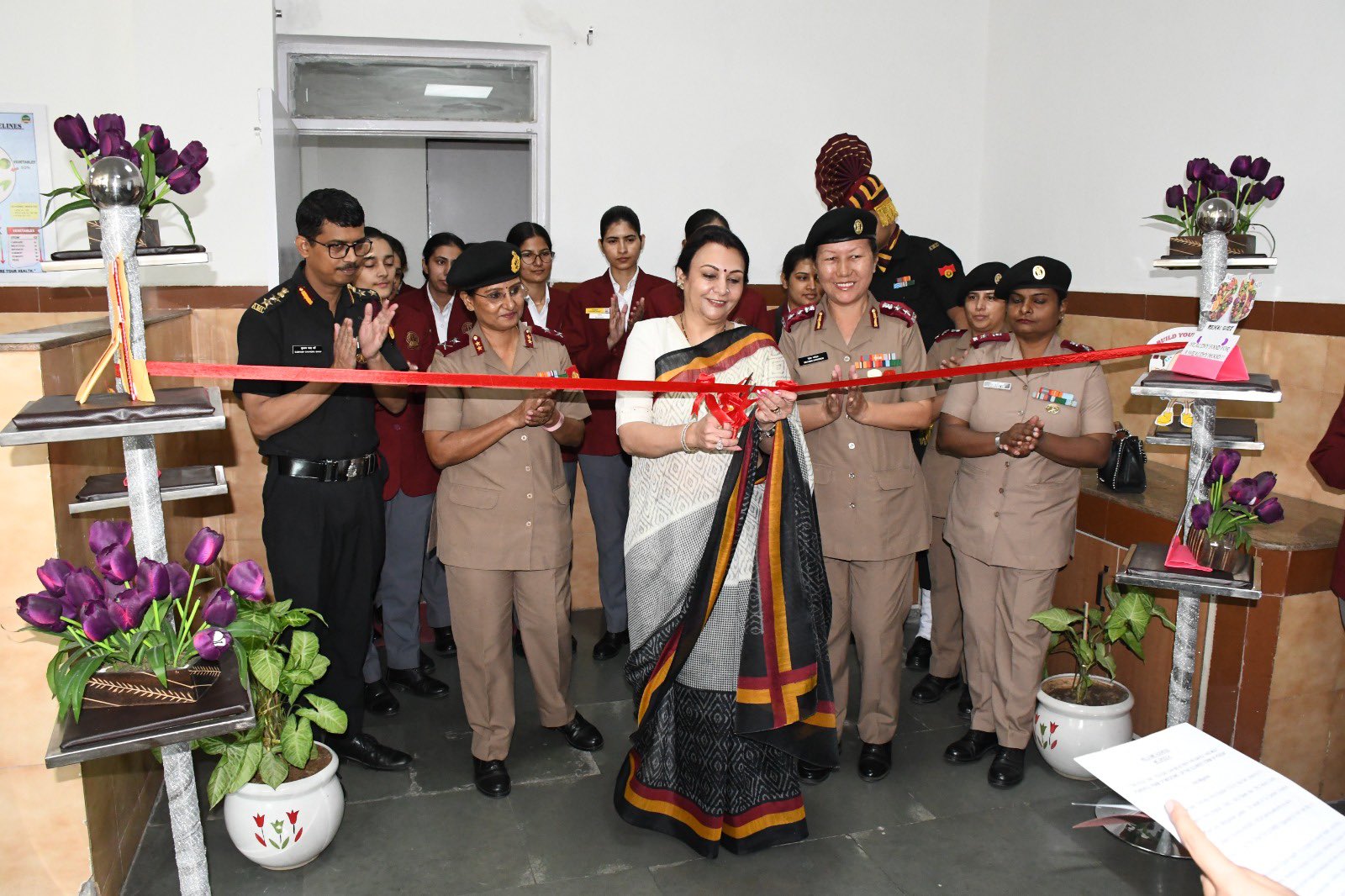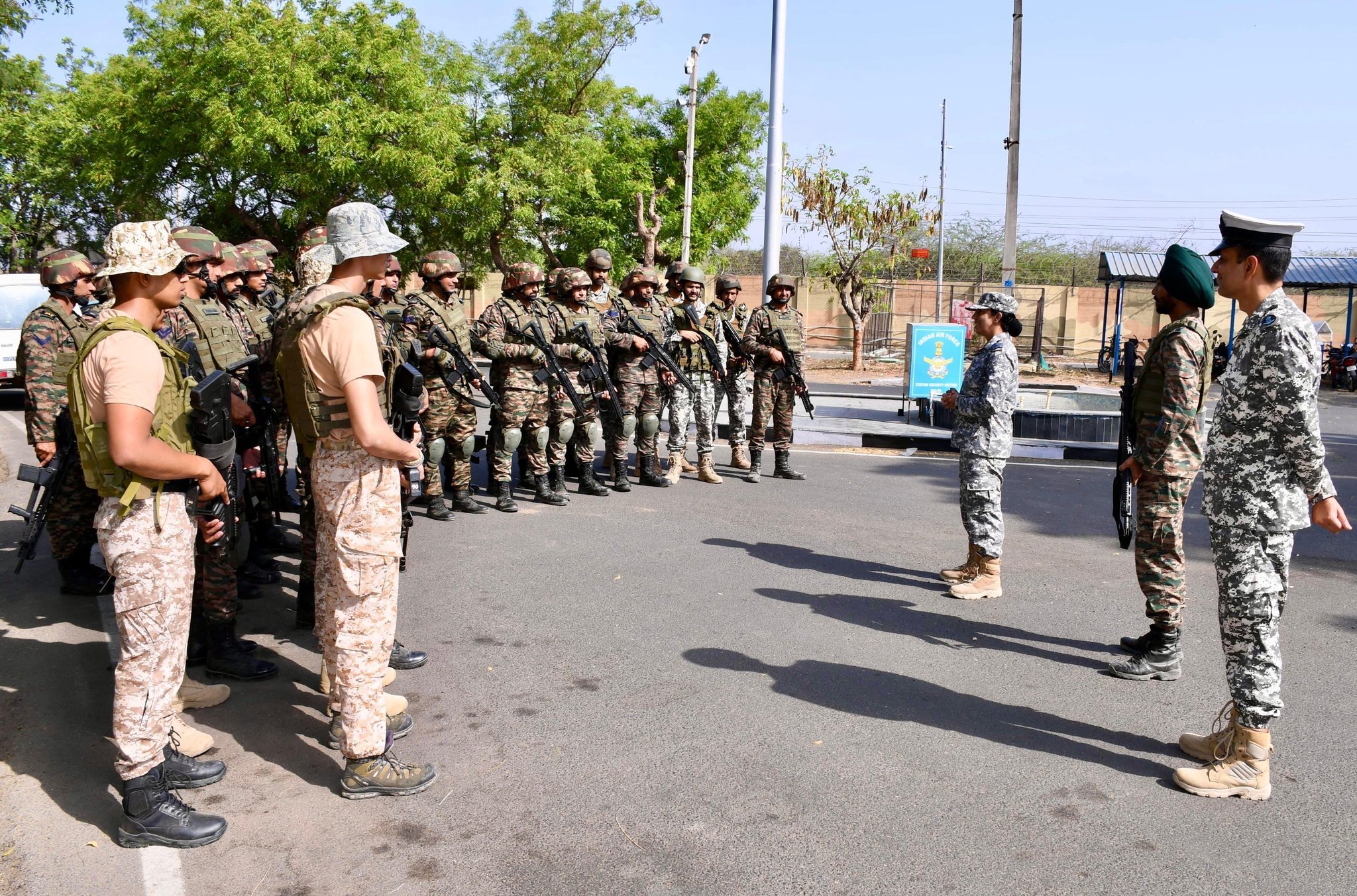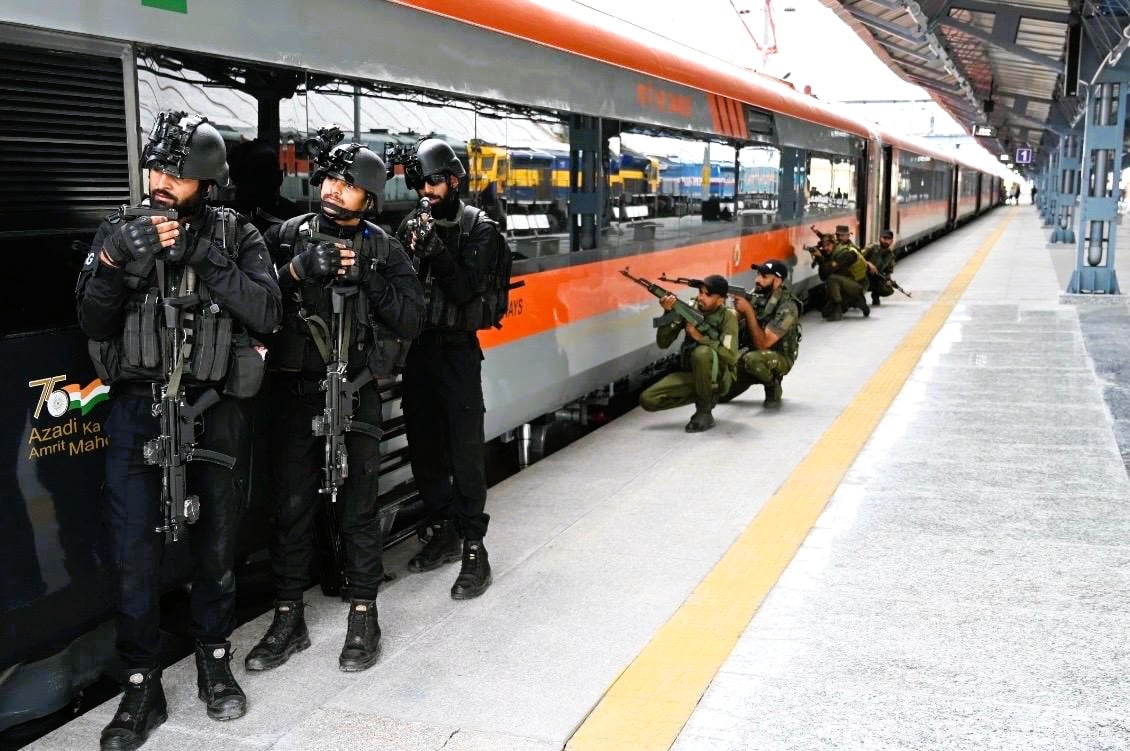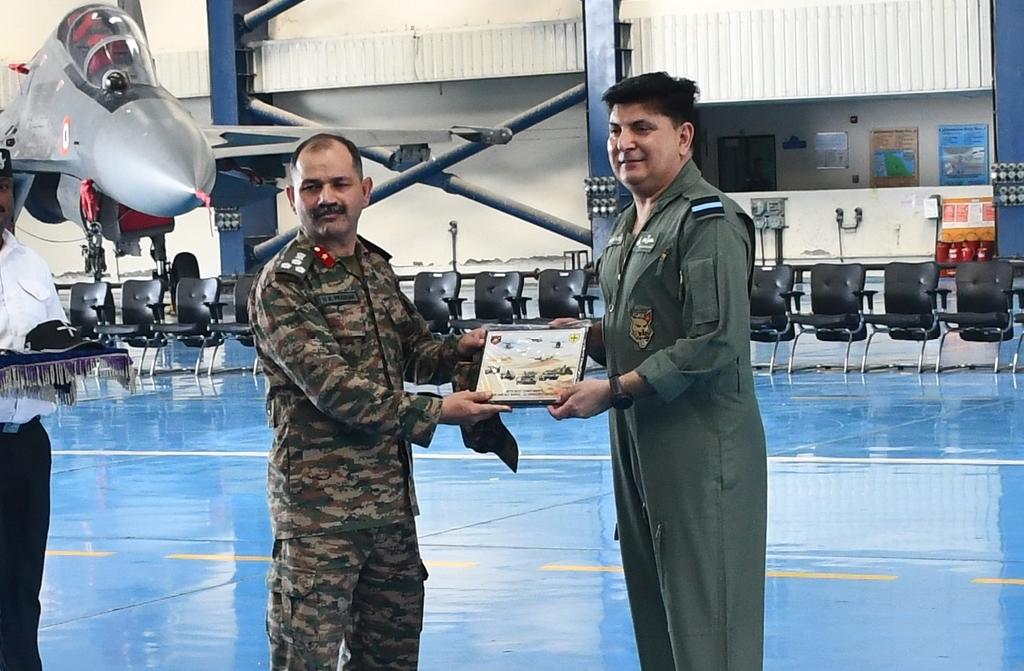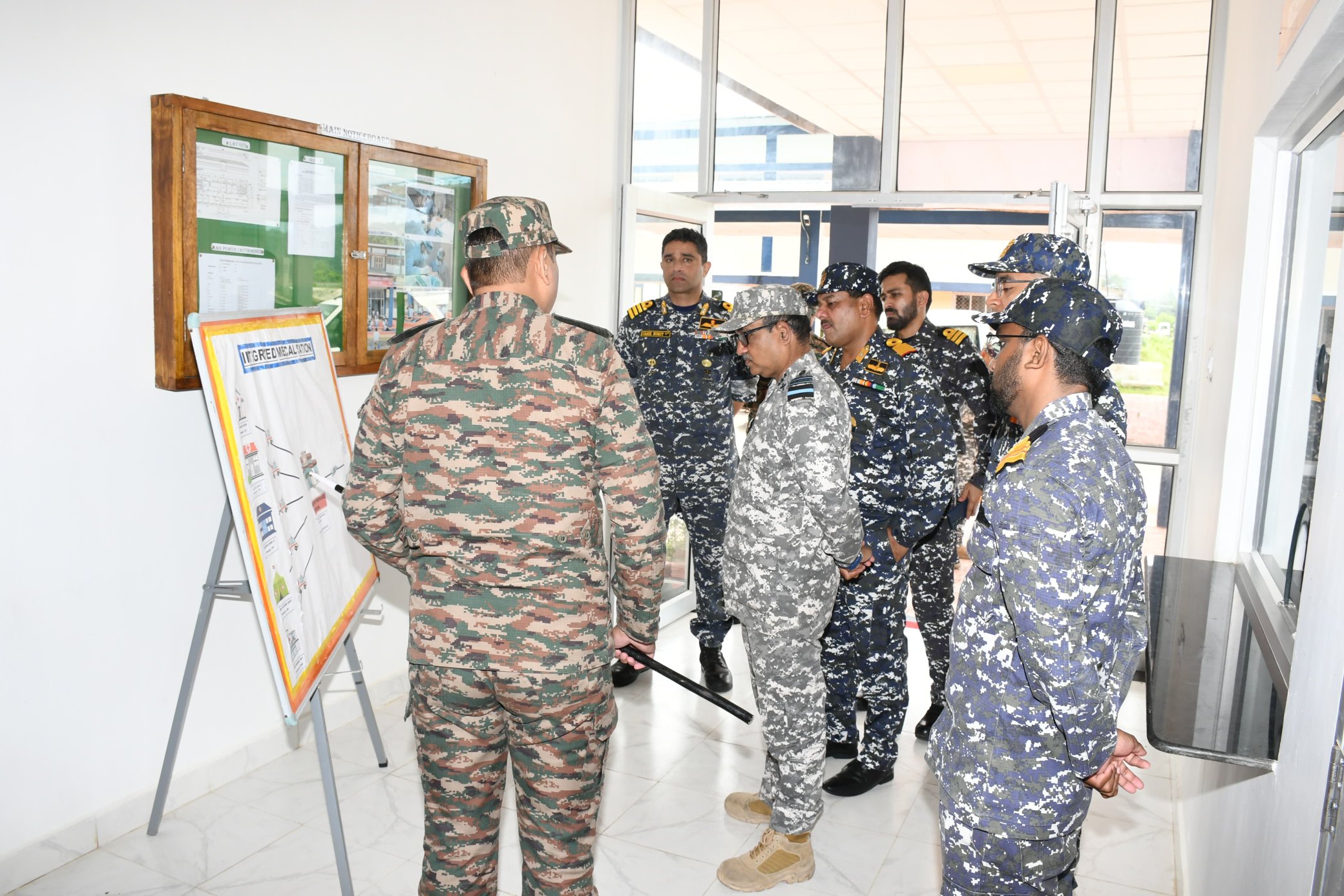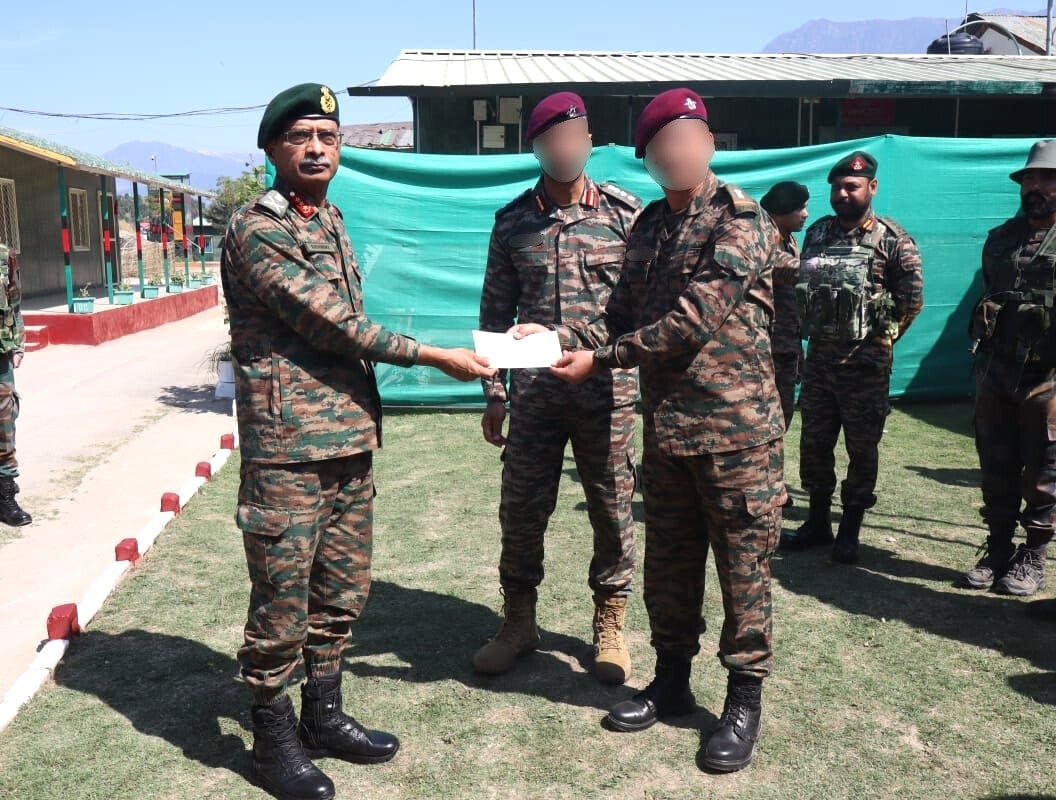Garud Commandos, the special forces unit of the Indian Air Force, was established in September 2004. They are trained to protect key air force bases and salvage assets in the event of a terrorist attack, evacuate people, and work for disaster relief. During the 2016 Pathankot attack, Garud commandos demonstrated their capability by thwarting the attempt to destroy crucial IAF installations. During their 72 week training, the commandos are trained to use the best weaponry and ammunition. These are some of the weapons reportedly used by Garud Commandos:
IWI NEGEV
The Negev is an Israeli light machine gun created by Israel Weapon Industries, to replace the Galil LMG, which suffered from barrel overheat during continuous fire. It utilises universal NATO ammunition. Negev light machine guns were developed in the early 1990s in response to Israel Defence Forces’ mission requirements, and were intended to replace a variety of their weapon platforms, including a light machine gun that can be used by foot soldiers, vehicles, and aircraft, as well as a general purpose machine gun, in place of Israel Defence Forces’ FN MAG58.
The Negev machine gun was completed in 1995 and tested in the field by the Israeli Defense Forces in 1996. Negev was adopted as a new standard weapon in 1997, and troops began to be armed with it. Negev has a better chance than the hefty Galil assault rifle, partially because the performance is extremely comparable to the Minimi, with good accuracy and light weight. Furthermore, the IDF deemed the Negev to be more dependable than the Minimi in a desert setting; also, the Negev’s folding stock is a substantial advantage.
IWI Tavor
IMI created the Tavor TAR-21 assault weapon to replace the Galil, M16A1, and CAR-15 assault rifles. The Tavor was designed to be a highly dependable assault rifle that could be used in urban settings. It was given the moniker TAR-21, which stands for “Tavor Assault rifle for the Twenty-First Century.” The Tavor is a next-generation Infantry Weapons system that combines the finest of contemporary firearm technical achievements into a single device. The Tavor is a bullpup polymer weapon with all of the weight against the shoulder enabling speedier movement in urban situations, which troops encounter more frequently.
While maintaining full barrel length, the Tavor is significantly shorter than prior assault rifles. The TAR-21 is available in 5.56mm NATO and 9mm calibres. The Micro Tavor model comes with a silencer and may be chambered in 9mm. The Tavor features a 30-round magazine and is NATO Stanag compatible. The Tavor may be equipped with the same accessories as other assault rifles. The rifle comes with a built-in MARS reflex sight on the barrel, however it can be replaced with any sight. The addition of a night sight or magnification without re-zeroing the sight is possible with this integrated sight.The Tavor is also incredibly dependable, featuring over-the-beach capabilities that let it to fire without exploding even while immersed in water.
IMI Galil
Israel Military Industries (IMI) created the Galil, an assault rifle. The Galil weapon is based on the Finnish Rk 62 rifle, which is a derivation of the Kalashnikov rifle, and has many characteristics of it. The fundamental concept for the Galil design came from a primitive early prototype known as the “Balashnikov.”
The receiver is made of thick machined steel and is designed to handle the high pressures of NATO cartridges. To avoid corrosion, all exterior metal surfaces are parkerized. Unlike the AK-47, the charging handle is located at the top of the receiver cover (pointing upward), making it simpler to charge the weapon with your left hand. The Galil has the same operational mechanism as the Kalashnikov: the actuator rod is permanently linked to the bolt carrier, and when a bullet is fired, the gas impinges on it, forcing the bolt carrier back and rotating the bolt to free it. The bolt conducts a main extraction movement on the spent casing after unlocking, assuring positive extraction and ejection.
IMI Galils are shoulder-fired, gas-operated select-fire guns. They feed from 35-round box magazines. The magazine is put into the magazine well using a “rocking” action, with the lug on the front of the magazine engaging with its recess in the magazine well. It should be yanked backwards until it clicks into place. The selector must be turned off safely in order to activate the charging handle. To chamber a round, the charging handle is drawn all the way to the back and then released. The bolt will remove a cartridge from the magazine and feed it into the chamber as the bolt carrier group moves forward.
Beretta 92
The Beretta 92 is a semi-automatic pistol made by Beretta of Italy. It was developed in 1972, and several variations in various calibres are still being produced today. The Model 92 handguns were originally built for the Italian army and police, but they gained much of their reputation (both good and bad) as the US army’s basic sidearm. It was created between 1970 and 1975 as a possible successor for the Beretta M951 handgun, and it went into production in 1976 in Italy.
The original Model 92 handguns featured a frame-mounted safety that was only activated when the hammer was cocked; all later pistols had a slide-mounted safety lever or no safety lever at all. An automated firing pin block safety is standard on all current manufactured handguns. On all 92-series handguns manufactured after 1981, the magazine release button is positioned in the base of the trigger guard.Beretta has made a variety of compact versions of its standard Model 92 variants. Compact Type M models featured single-stack magazines with properly thinner grips, as well as shorter grips, slides, and barrels.
Glock
Glock is a brand of semi-automatic, striker-fired pistols with a polymer frame. They come in a variety of calibres and are developed and manufactured in Austria as well as on a limited scale in the United States.
The Glock 17 first appeared in Austrian Army weapons evaluations in the early 1980s. It was given the designation P80 when it entered service. It was assigned the designation Pistol 88 by the Swedish Army in 1988. The name 17 is derived from the pistol being Gaston Glock’s 17th patent, rather than its magazine capacity. It is also used by the Norwegian Army and police. Glock handguns have been changed multiple times throughout the course of its existence and have proven to be incredibly dependable.
All Glock pistols are striker-fired, short-recoil operated, and have a locked breech. The Glocks include a set of safeties incorporated into the firearm to prevent accidental discharges, which Glock calls to as “safe action.” A trigger safety (a lever built into the trigger that prevents the trigger from being depressed unless the lever is depressed first), a striker safety (a spring-loaded pin attached to the trigger assembly by an extension bar that prevents the striker from striking the primer of the cartridge until the trigger is pulled), and a drop safety are examples of these. The striker is held in position by the far end of the extension bar until the trigger is pushed.

